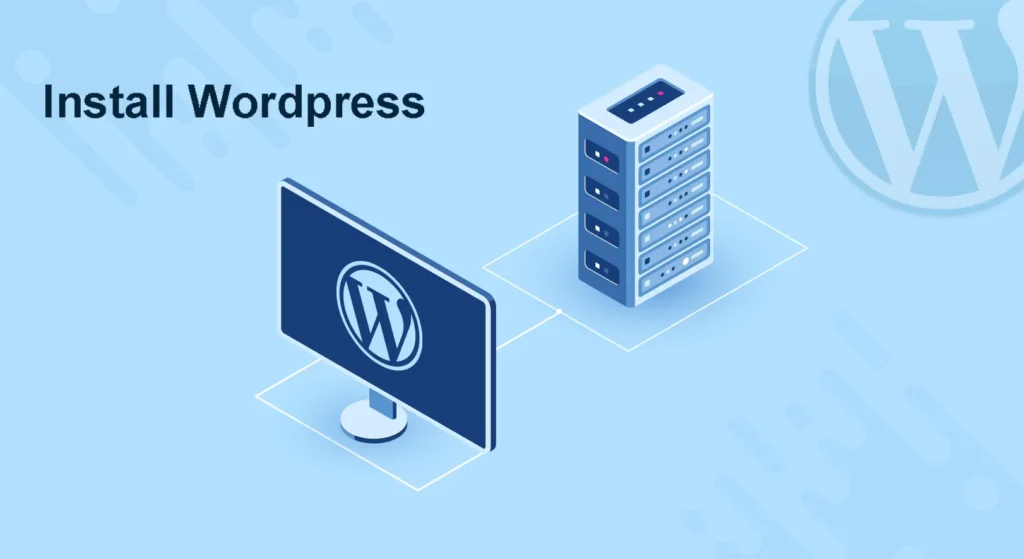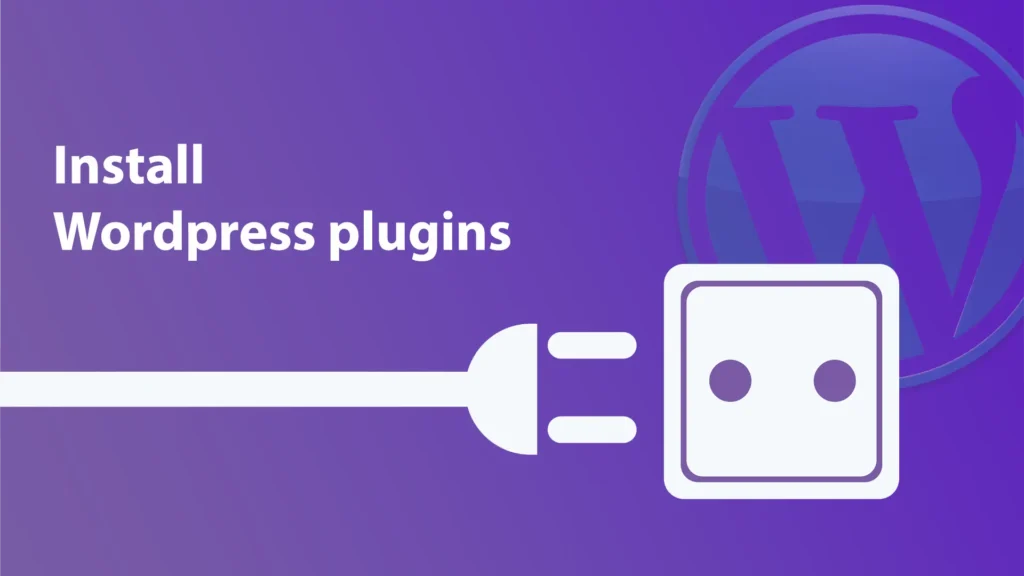Building Modern websites with WordPress
Building a modern website with WordPress is a great way to create a professional-looking website that is both functional and visually appealing. WordPress is an open-source content management system (CMS) that powers over 60 million websites globally, making it one of the most popular platforms for building websites. In this article, we’ll cover how to build a modern website with WordPress.
Steps for building websites with WordPress:

Step 1: Choose a Hosting Platform

The first step in building a modern website with WordPress is to choose a hosting platform. Hosting is the home of your website. This is where your website files will be stored, and it’s what makes your site accessible to the world wide web. There are many hosting platforms to choose from, such as Hostinger, HostGator, and SiteGround. Some hosting platforms even offer a one-click installation process for WordPress, making it easy to get started.
Step 2: Install WordPress

After you choose a hosting platform, the next step is installing WordPress.This is a simple process that can be done through your hosting platform’s control panel. If your hosting platform doesn’t offer a one-click installation, you can follow the instructions on the WordPress website to manually install it.
Step 3: Select a Theme

WordPress themes define the entire structure of the website – your header and footer designs, typography, homepage, everything is generated by the code in your active WordPress theme.
One of the great benefits of WordPress is the available and varied selection of free and paid themes. Themes are templates that control the look and feel of your website, and they can be customized to match your brand and design preferences. Choosing a theme involves looking for a responsive theme (meaning it’ll work on all types of devices), compatible with the latest version of WordPress, and fits the site’s overall personality and desired user base. Some popular theme options include Astra, Divi, Bento, and Parallax.
Choosing a WordPress theme can be a daunting task, as there are thousands of options available. Here are some factors to consider when selecting a WordPress theme:
- Purpose: Determine the purpose of your site and select a theme that suits it.. For example, if you are creating a blog, you may want a theme with a layout that’s optimized for readability and displaying articles.
- Responsiveness: Ensure that the theme works well on all devices, including desktops, laptops, tablets, and smartphones.
- Customization options: Search for a website design that offers lots of customizable options like color and font schemes, custom widgets, and pre-made website templates so you can customize your site and make it your own.
- Performance: Look at the site’s overall performance, including page load speed, and make sure it meets industry standards. A fast-loading website can improve user experience and search engine rankings.
- Documentation and support: Ensure the theme you choose comes with clear documentation and a support team that can help if you have any questions.
- SEO friendly: Ensure that the theme is optimized for search engines, so your website can rank well in search results.
- Design: The design of the theme should match the overall look and feel that you want for your website. Make sure it has a professional and polished appearance.
- Functionality: Make sure the theme includes all of the features and functionalities you need for your websites, such as contact forms, social media integration, and e-commerce capabilities if you plan to sell products or services online.
- Price: Consider the cost of the theme and whether it fits within your budget. Some premium themes can be expensive, but they often offer more features and better support than free themes.
- Updates: Always ensure that the theme you want to purchase is updated by the developer to ensure compatibility with the latest WordPress version and that it has the latest security vulnerabilities.
Step 4: Customize Your Theme
The next step is to customize the theme so that it reflects your own style. The WordPress customizer makes it easy to add your own logo and customize your site’s layout, colors, and fonts. The WordPress customizer is a user-friendly tool that makes it easy to make these changes.
Step 5: Add Content
The next step is to add content to your website. WordPress has a simple page and post editor that makes it easy to add text, images, and other media to your site. It is important to ensure that your content is written well, and formatted well and that it matches the tone of your brand.
Step 6: Install Plugins

Plugins are small pieces of software that add functionality to your WordPress site. They can help you add features like contact forms, e-commerce functionality, and improved SEO. There are thousands of plugins to choose from, both free and paid, so it’s important to choose the ones that best meet your needs. Some popular plugin options include Jetpack, WooCommerce, and Yoast SEO.
Installing plugins in WordPress is a simple process. Here are the steps you can follow to install a plugin in WordPress:
- Log in to your WordPress dashboard.
- Navigate to the “Plugins” section in the left-hand menu and click on “Add New”.
- You can search for a plugin using the search bar at the top of the page.
- Once you have found the plugin you want to install, click the “Install Now” button.
- After the plugin has been installed, click on the “Activate” button to start using the plugin on your site.
- Some plugins may require additional setup or configuration. Check the plugin’s documentation or settings page for instructions on how to use it.
If a plugin doesn’t seem to exist or the auto-install doesn’t work, you can download the files and manually upload them to your WordPress site. To do this, you’ll need to access your site via FTP and upload the plugin files to the “wp-content/plugins” directory on your server.
In either case, make sure you only install plugins from reputable sources, and regularly update your plugins to ensure they are secure and working as expected.
Step 7: Make Your Site Mobile-Friendly
Nowadays, with the popularity of mobile devices, it’s more important than ever to make sure your website is optimized for smaller screens. To optimize your site for mobile users, you can either choose a responsive theme or install a plugin like WPtouch.You will ensure that your site looks great on any device and that visitors can easily navigate your site on their smartphones and tablets.
Step 8: Launch Your Site

Once you’re happy with your site, it’s time to launch it and make it live for the world to see. You can do this through the control panel of your hosting platform. You should regularly update your site and keep a backup to prevent data loss.
In conclusion, With these steps, you can build a modern website using WordPress that is both functional and visually appealing.





